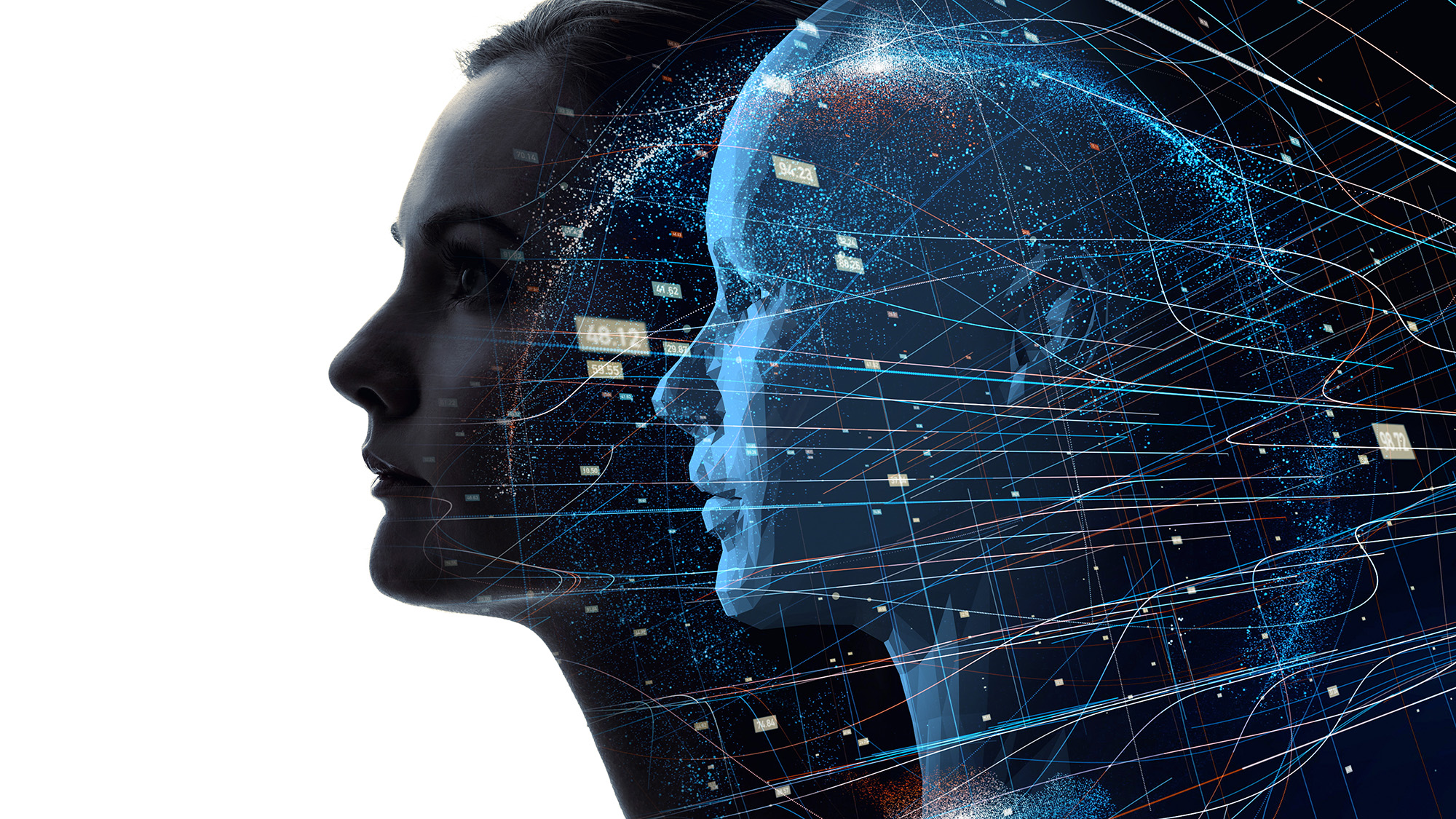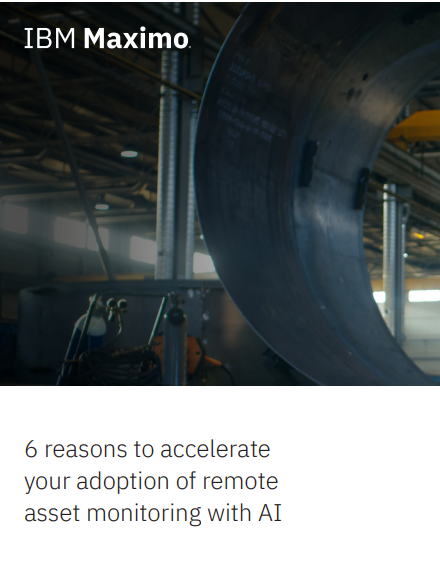Tweet of the Living Dead
Digital transformation of the undead could come back to bite the tech industry


How do you like your zombies? Do you prefer the ones that slowly lurch after people, like in 1968’s The Night of The Living Dead? Or do you like the high-intensity corpses seen in the more modern 28 Days Later?
RELATED RESOURCE

Six reasons to accelerate remote asset monitoring with AI
How to optimise resources, increase productivity, and grow profit margins with AI
It turns out that tech firms are looking into a new variant of the undead. Over the last few years, various entrepreneurs and researchers have come up with ideas for ‘digital zombies’ and there is a growing practice of using real-life people (dead or alive) as the basis for chatbots. The most recent incarnation of this idea involves artificial intelligence software being fed with social media content to build a sort of digital ghost – even death, it seems, is getting a digital transformation.
The latest organisation to get in on the act is also the largest; Microsoft filed a patent at the end of last year for using social media data to create a chatbot with a “specific personality”. It didn’t necessarily mean digital resurrection, but everyone who jumped on the story has come to that conclusion.
This isn’t really a new idea. In 2015, a man called Roman Mazurenko was killed in a car accident. His best friend, Eugenia Kuyda, was so beset with grief that she used her AI startup, Luka, to build a chatbot out of the text messages Mazurenko had sent to her and their network of friends. Kuyda said the idea had come from an episode of Black Mirror - as if it wasn’t creepy enough already.
The ‘Roman’ app became the basis for a new business for Kuyda called Replika – an app that learns to mimic its users as they interact with it. Sort of like a ‘note to self’ that becomes the ‘self’ over time. In a similar fashion, a funeral parlour in Sweden called Fenix (pronounced Phoenix) announced plans to use voice recognition software and virtual reality to create digital replicas of dead people as a way of helping their loved ones grieve. At face value, these are both ideas with good intentions, but they could potentially lead to a plethora of morbid consequences.
A tech giant like Microsoft getting involved also adds a genuinely unnerving feeling that it could become a bigger trend. In its patent, there is a line that reads: “The specific person may also correspond to oneself (e.g., the user creating/training the chatbot),” which seems to suggest people developing their own digital replacements.
Microsoft is also not the best candidate for this; its recent history with AI and chatbots is chequered, to say the least. Remember the PR disaster that was ‘Tay Tweets’? Or, more recently, the MSN AI news editor that couldn’t distinguish between the mixed-race members of Little Mix. That got out of control pretty quickly when Microsoft struggled to stop it repeatedly promoting news stories about the error. And, that’s without mentioning the most annoying AI assistant of all time, Cortana.
Get the ITPro daily newsletter
Sign up today and you will receive a free copy of our Future Focus 2025 report - the leading guidance on AI, cybersecurity and other IT challenges as per 700+ senior executives
It feels like we’ve developed such an unhealthy obsession with data to the point we now see the dead as an untapped resource. Add to that the fact we can’t seem to stop personifying robots and we’re seemingly on the cusp of turning Frankenstein’s monster into a digital reality.
Bobby Hellard is ITPro's Reviews Editor and has worked on CloudPro and ChannelPro since 2018. In his time at ITPro, Bobby has covered stories for all the major technology companies, such as Apple, Microsoft, Amazon and Facebook, and regularly attends industry-leading events such as AWS Re:Invent and Google Cloud Next.
Bobby mainly covers hardware reviews, but you will also recognize him as the face of many of our video reviews of laptops and smartphones.
-
 Bigger salaries, more burnout: Is the CISO role in crisis?
Bigger salaries, more burnout: Is the CISO role in crisis?In-depth CISOs are more stressed than ever before – but why is this and what can be done?
By Kate O'Flaherty Published
-
 Cheap cyber crime kits can be bought on the dark web for less than $25
Cheap cyber crime kits can be bought on the dark web for less than $25News Research from NordVPN shows phishing kits are now widely available on the dark web and via messaging apps like Telegram, and are often selling for less than $25.
By Emma Woollacott Published